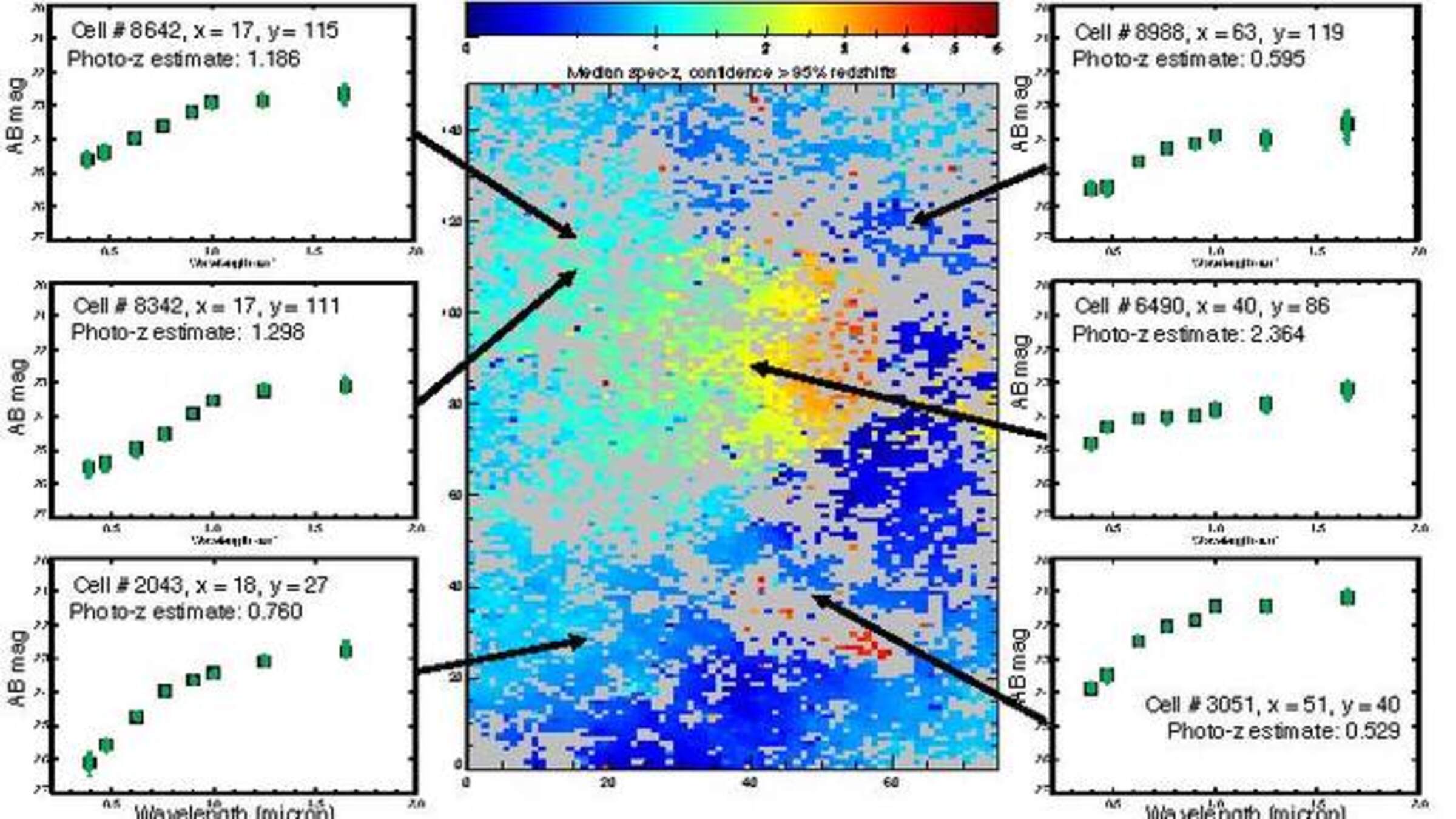
Dan Masters won the STAR prize for the biggest impact by a postdoc in the Euclid consortium

Caltech/IPAC postdoctoral fellow Dan Masters has won the STAR prize for the biggest impact by a postdoc in the Euclid consortium.
Masters works on developing techniques to measure distances to the more than a billion galaxies that will be imaged by Euclid, an ESA-led space mission focused on understanding the nature of dark energy. The method he developed uses an advanced machine learning technique to map the true distribution of galaxy colors. These colors can then be related to redshift (or distance) using spectroscopic samples of galaxies that span the entire galaxy color space. The technique he developed forms the basis of a large and ongoing spectroscopic program with Keck, VLT, and other large telescopes to map the galaxy color-redshift relation in preparation for Euclid. He and the team are also exploring the application of the same method to WFIRST, a NASA-led space mission planned for launch in the mid-2020s.
Technical references:
https://arxiv.org/abs/1509.03318
https://arxiv.org/abs/1704.06665
For more information on Daniel Masters, see http://web.ipac.caltech.edu/staff/dmasters/
